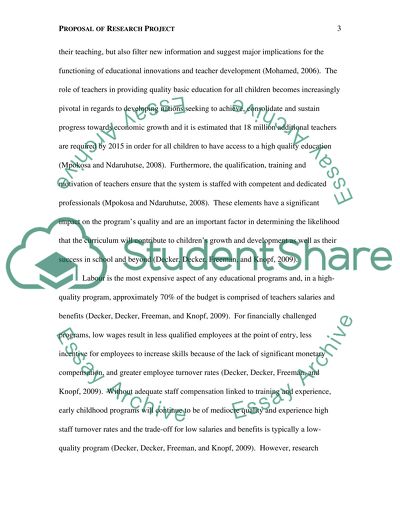Cite this document
(“Research Methods in Education Proposal Example | Topics and Well Written Essays - 4750 words”, n.d.)
Research Methods in Education Proposal Example | Topics and Well Written Essays - 4750 words. Retrieved from https://studentshare.org/education/1432610-enquiry-question-to-what-extent-would-offering
Research Methods in Education Proposal Example | Topics and Well Written Essays - 4750 words. Retrieved from https://studentshare.org/education/1432610-enquiry-question-to-what-extent-would-offering
(Research Methods in Education Proposal Example | Topics and Well Written Essays - 4750 Words)
Research Methods in Education Proposal Example | Topics and Well Written Essays - 4750 Words. https://studentshare.org/education/1432610-enquiry-question-to-what-extent-would-offering.
Research Methods in Education Proposal Example | Topics and Well Written Essays - 4750 Words. https://studentshare.org/education/1432610-enquiry-question-to-what-extent-would-offering.
“Research Methods in Education Proposal Example | Topics and Well Written Essays - 4750 Words”, n.d. https://studentshare.org/education/1432610-enquiry-question-to-what-extent-would-offering.


